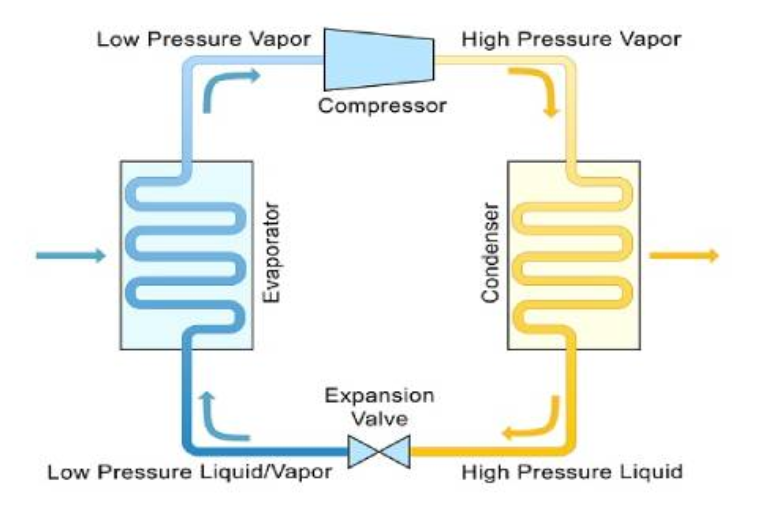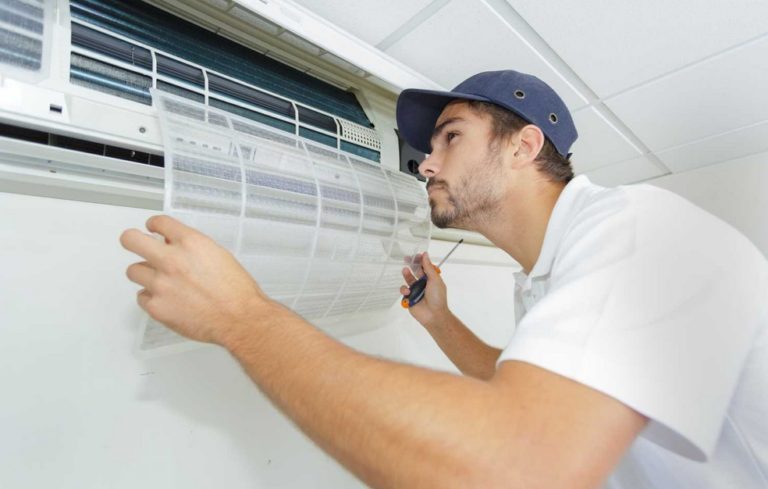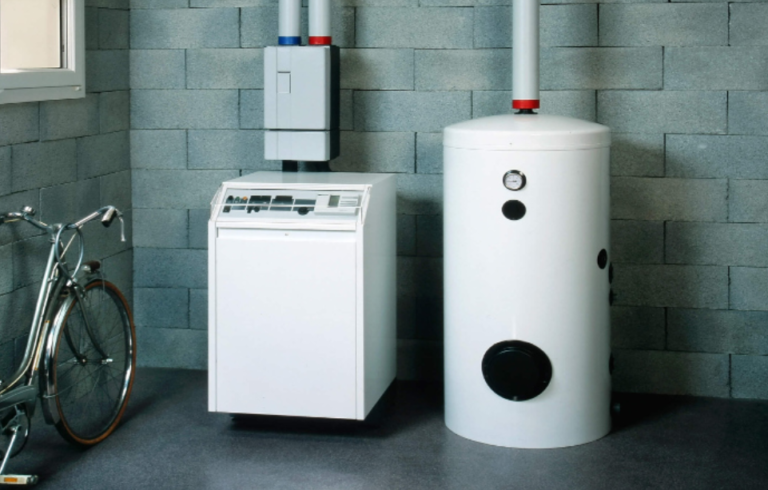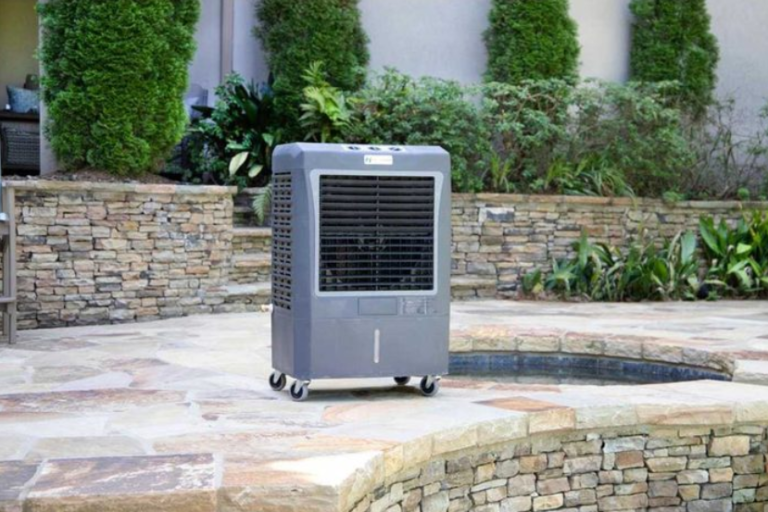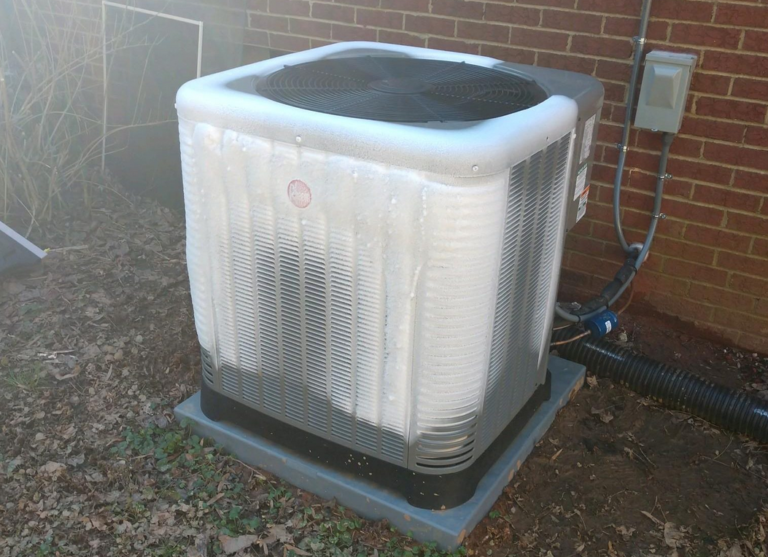What is Auxiliary Heating? All you NEED to Know
Auxiliary heating is a supplemental heat source that is used to provide additional heat when the main heat source is not adequate. The most common type of auxiliary heat is electric resistance heating, which uses electricity to generate heat. Other types of auxiliary heat include gas-fired furnaces, oil-fired boilers, and wood-burning stoves. Auxiliary heating is…


